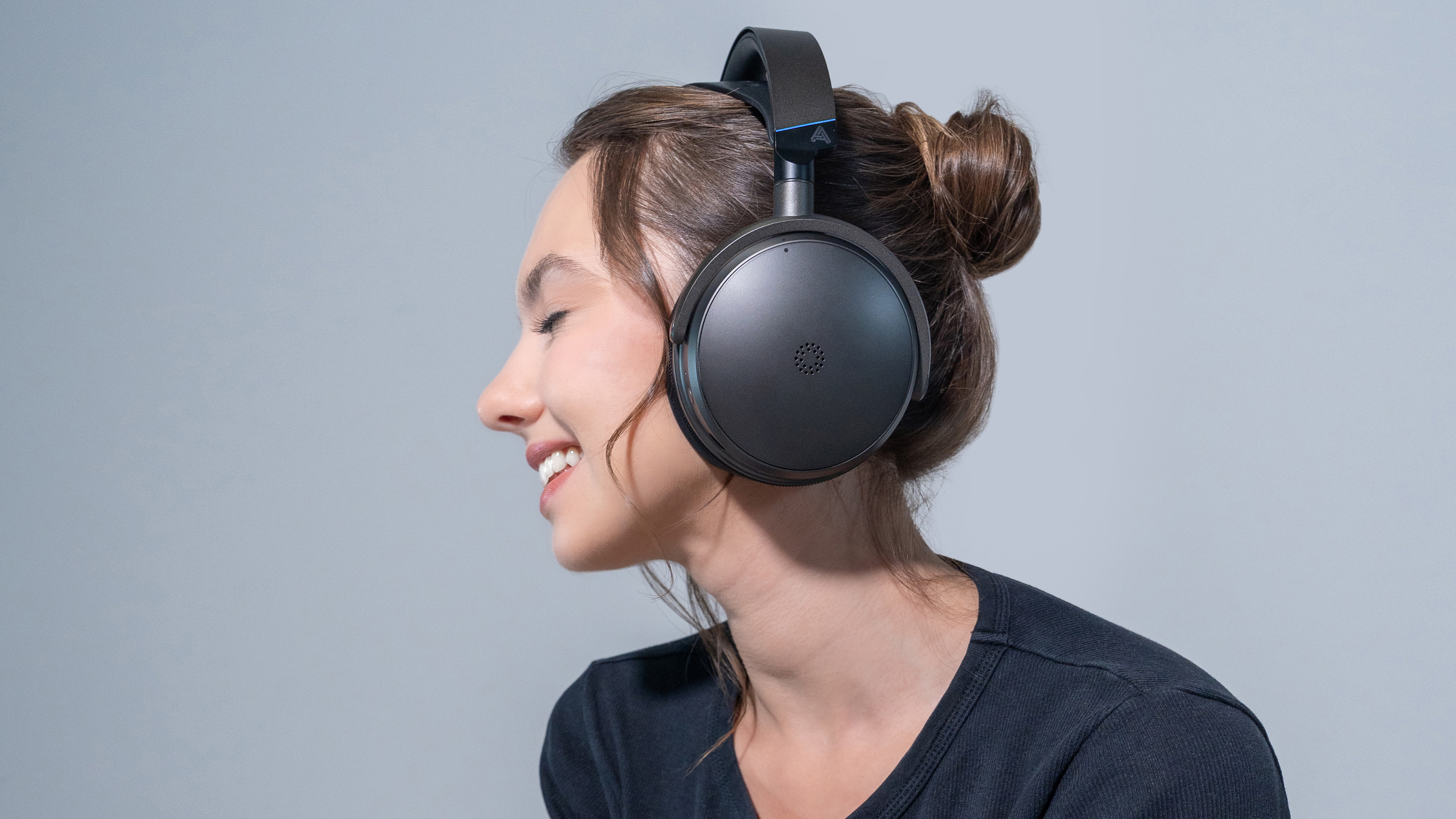Why I'm picking the Quest 3 over the PSVR 2
One headset is a clear winner in 2023.
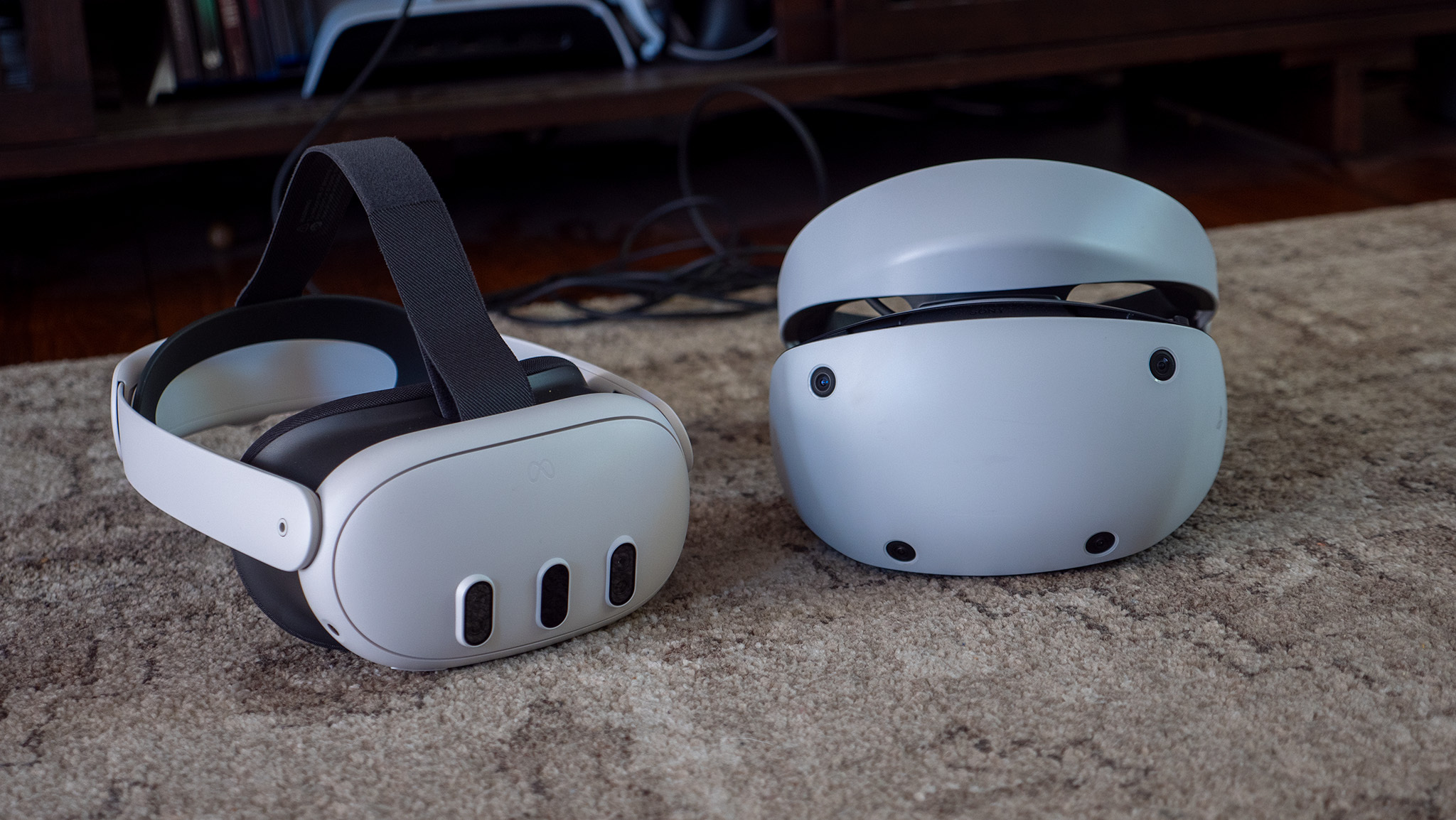

In his weekly column, Android Central Senior Content Producer Nick Sutrich delves into all things VR, from new hardware to new games, upcoming technologies, and so much more.
By all accounts, 2023 has been “the year of VR,” unlike any year before it. We’ve seen a slew of incredible game releases so far, plus plenty of serious heavy-hitters to come. And that doesn’t even take into consideration the fact that two major VR headsets launched this year: PlayStation VR2 and Meta Quest 3.
But while Sony’s PSVR 2 had a ton of excitement building up to the February launch, the conversation around the headset quickly fizzled out as many realized the severity of the concessions Sony made with its design. Meanwhile, the Meta Quest 3’s release has seen even more excitement after the release than folks had before it.
I, too, have found that Meta’s latest headset is just so much better than what Sony is offering with the PSVR 2. That doesn’t mean the PSVR 2 is garbage or not worth buying at some point, but if you are looking to buy just one VR headset this year, I think you should make it the Meta Quest 3, and here’s why.
It’s more than just wireless
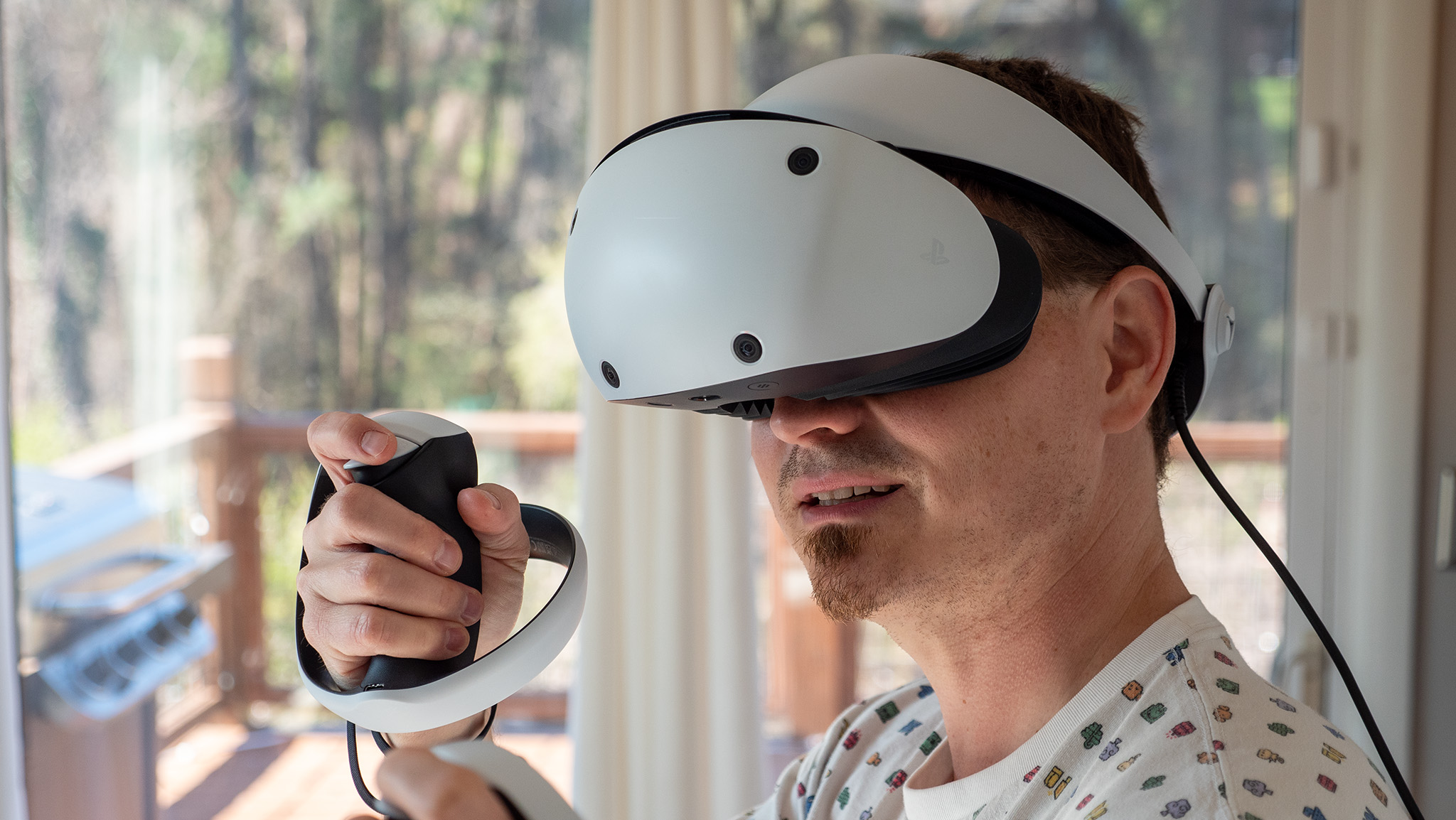
One of the Quest’s biggest selling points since the series’ inception in 2019 is the ability to play anywhere as easily as a console. That’s certainly more true of the Quest 3 than ever - the mixed-reality capabilities of the system mean you can actually live life with the headset on all the time - but the advantages of the Quest 3 go beyond its wireless nature.
Paramount to a great experience is the superior headset design of the Quest 3 versus the PSVR 2. Size comparisons alone make the Quest 3 look like a far more modern headset than the PSVR 2 could ever hope to be, and it goes even further than that, too.
The Quest 3's Pancake lenses aren't just slimmer, they're also substantially clearer than the PSVR 2's Fresnel lenses.
One of the biggest reasons for the massive size difference is Sony’s insistence on using old-fashioned Fresnel lenses for its second-generation VR headset. By comparison, the Quest 3’s Pancake lenses are substantially slimmer and offer a far clearer view of the VR world.
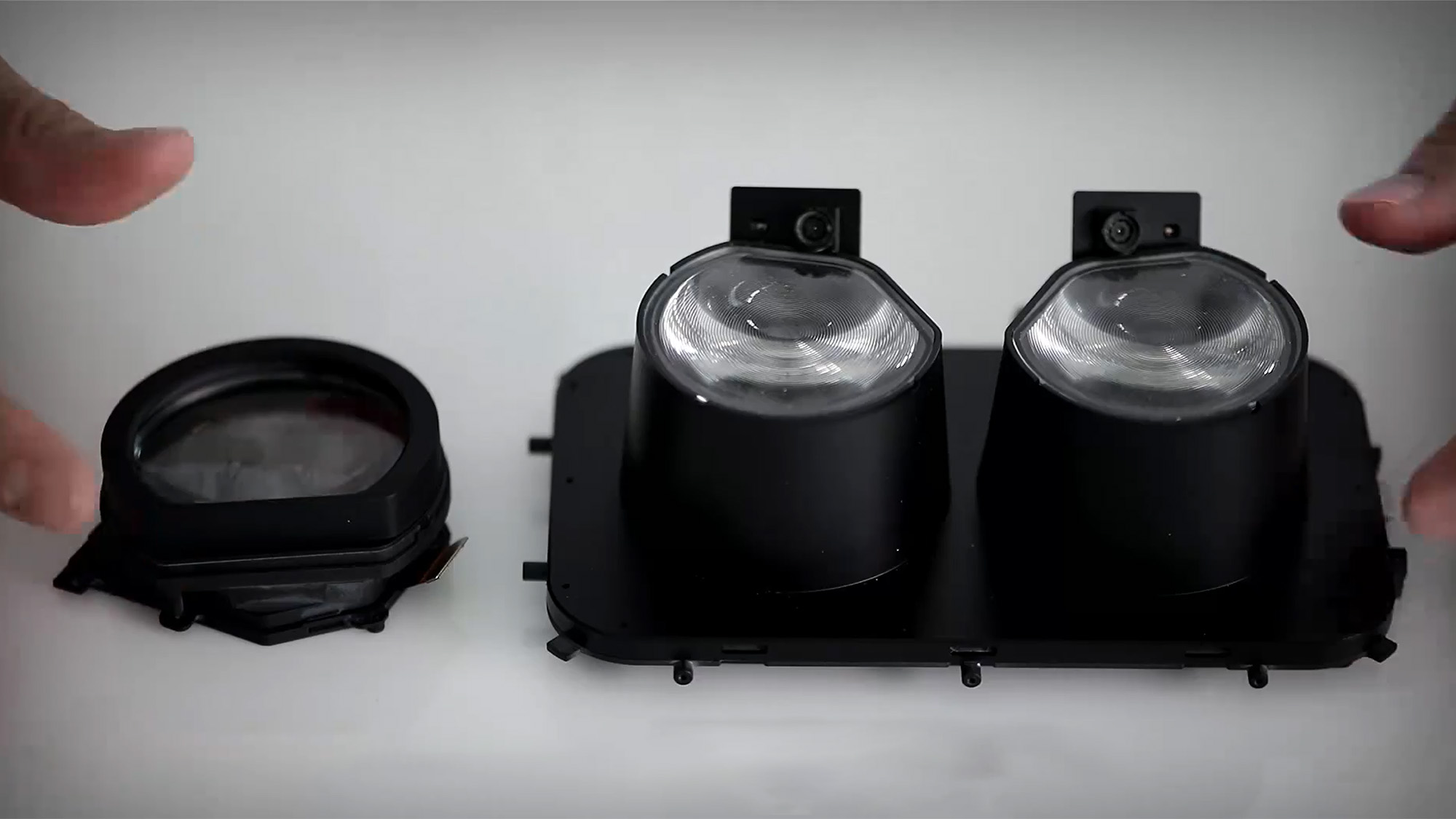
Fresnel lenses are known for their tiny “sweet spot” that forces users to adjust the headset until it’s perfectly aligned with the center of their eyes. If it’s even slightly off, the image looks blurry and unclear, but even when aligned perfectly in the center, the clarity of a Fresnel lens pales in comparison to that of a Pancake lens.
Get the latest news from Android Central, your trusted companion in the world of Android
Sony stuck with Fresnel because it wanted to keep using OLED panels, but these panels have just as many downsides as they do upsides. For one, the panel’s PenTile sub-pixel arrangement means text and other fine details will never appear as clearly as they would on the Quest 3’s LCD panel.
In other words, even though the PS5 that powers the PSVR 2 can produce massively detailed virtual worlds, you’ll have a hard time seeing all the fine details because of the lens and display combination Sony chose.
The PSVR 2 is more comfortable by default, but the Quest 3's slimmer design wins out.
And don’t forget that the PSVR 2 still requires you to wire it up to a PlayStation 5, creating both a more expensive buy-in cost and a less convenient way to use a VR headset. No one likes getting tangled up in a cord, especially with modern VR games that encourage players to move around their play space.
Now, this doesn’t mean the PSVR 2 doesn’t have any design advantages over the Quest 3. The PSVR 2’s head strap is far more comfortable out of the box than the Quest 3’s flimsy cloth strap. Plus, that head strap ensures that no weight is ever placed on your face - the exact opposite of how Meta’s headset works.
Sony even built vents into the PSVR 2’s shell, ensuring that the lenses don’t fog up the way the Quest 3’s lenses can. Plus, the headset haptics in the PSVR 2 offers a unique way to feel the action in the VR world that no other VR headset has been able to deliver so far.
Strong support
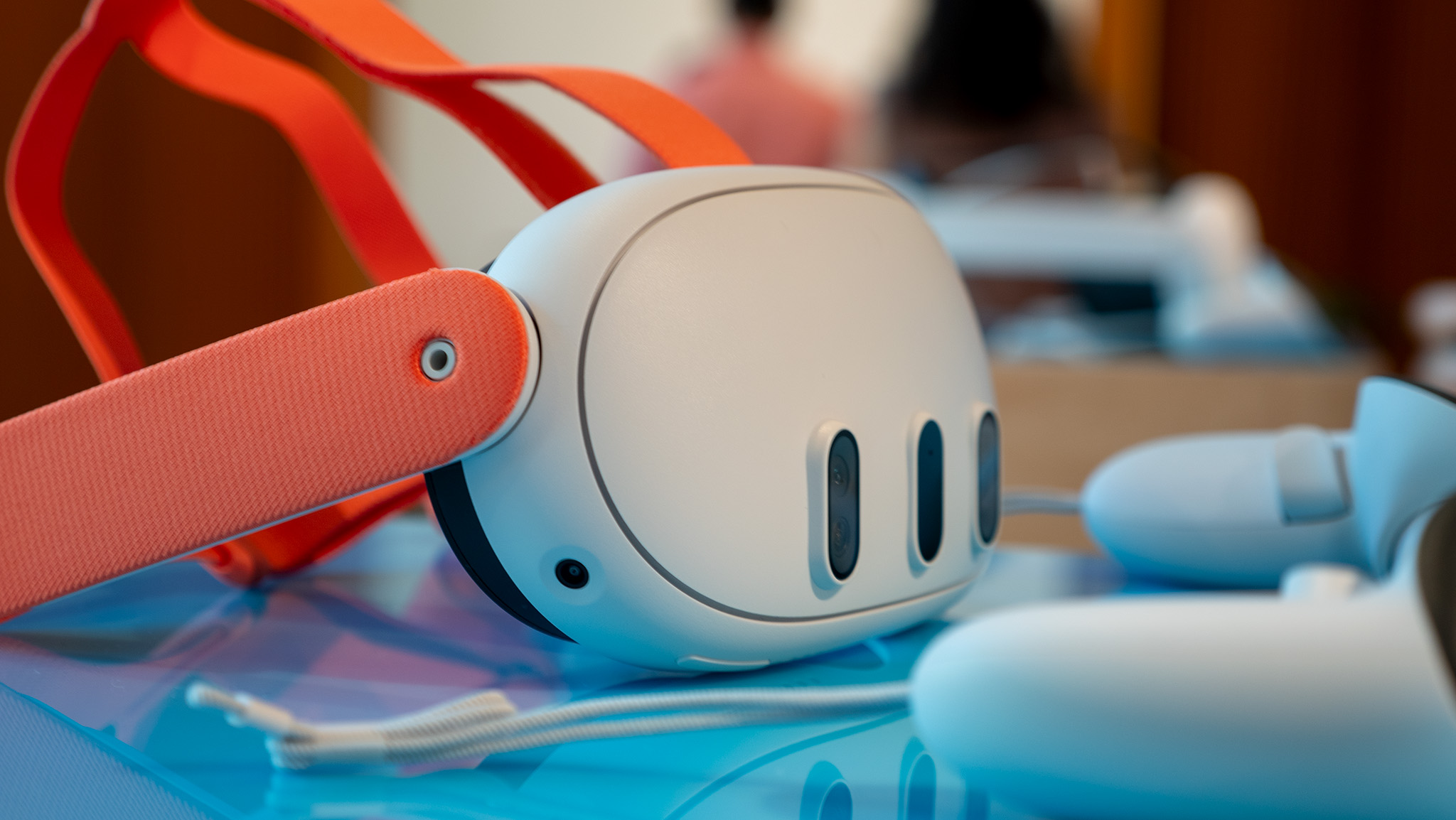
Sony’s software support promise looked pretty good at the onset of the PSVR 2 - we got the first VR versions of Grand Turismo and Horizon, after all - but we haven’t seen much from Sony since then. The Summer of Games came and went without any major announcements and, at this point, it feels like Capcom and smaller indie devs are all that’s left carrying the torch.
Meanwhile, upcoming Meta Quest games include heavy-hitters like Assassin’s Creed Nexus, Asgard’s Wrath 2, and a potential Grand Theft Auto: San Andreas if it still exists.
It already feels like Sony forgot about the PSVR 2 while Meta is releasing several exclusives this year.
Most third-party games are coming to both systems, but it feels like Sony abandoned the PSVR 2 from the start. Sony’s launch of the PSVR 2 felt very anti-climactic, as the company only sold the hardware on its PlayStation Direct store online for several months.
Even the run-up to the launch was peppered with silent game announcements, meaning that Sony might drop a trailer on its YouTube channel or have a small blog post but rarely mentioned VR content in its State of Play shows.
I have no doubt that Sony has some fun new games in the works for the PSVR 2, but as of now, it almost feels like the company is already silent quitting on its fanbase. I’d love to be proven wrong, but as of this point, I don’t have much to base that hope on.
While I’m in it for the long haul — I own both headsets, after all — there’s little chance I’d bother recommending a PSVR 2 over a Quest 3 to anyone who asked.
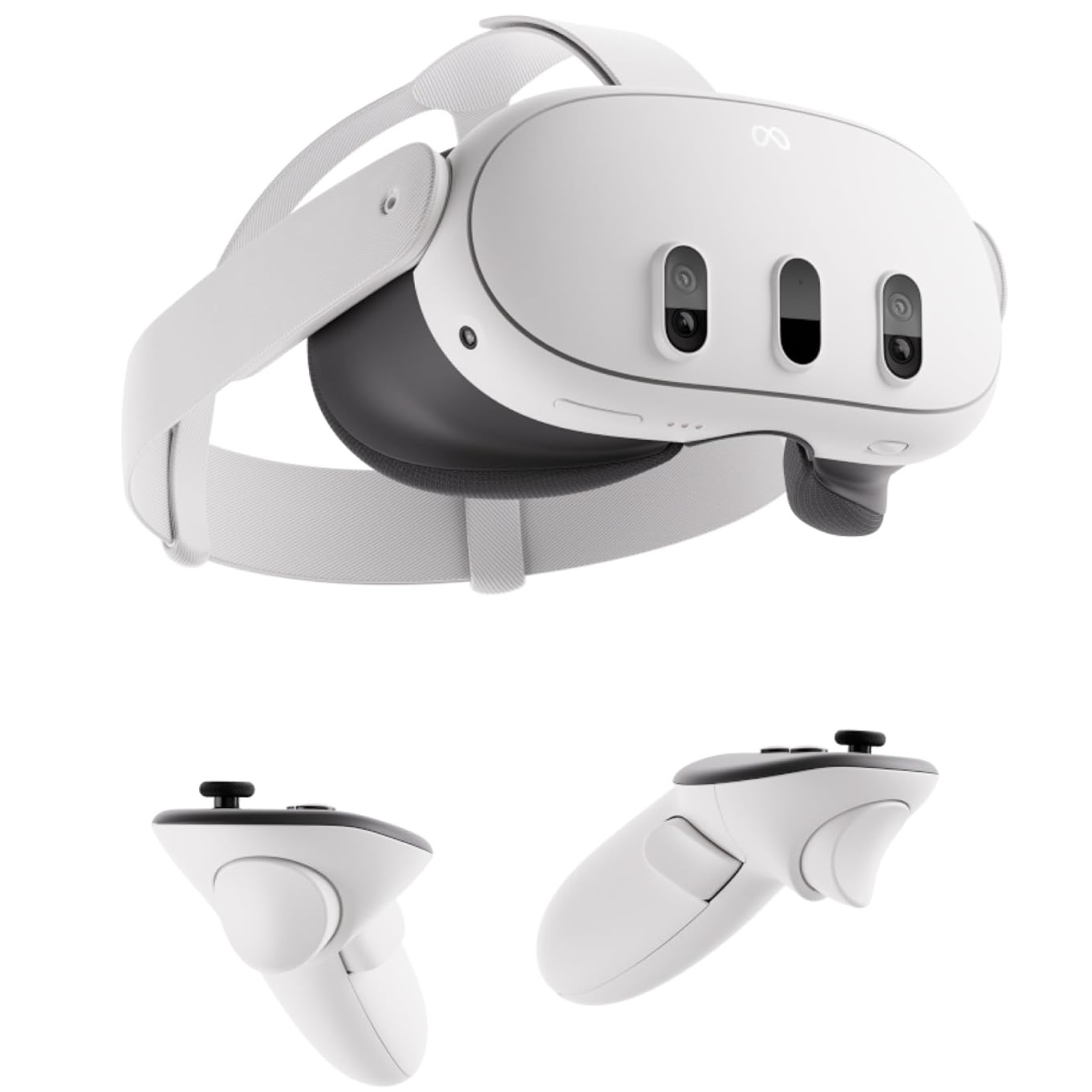
Get it all in a slimmer package with the Meta Quest 3, the next-generation wireless VR console.

